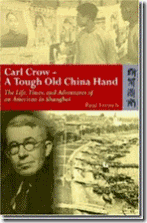Sidney Harman died last Tuesday at 92. If you don’t know much about Harman’s life, you need to. It stands as a model of career self-management at its finest: a passion for learning and creative problem solving wedded to solid values, a love of life, and a willingness to use his talents across a range of projects and sectors.
The key to a good and long life, Harmon once mused, is restless curiosity. His fueled technology and business successes that revolutionized the audio industry – I still have the groovy Harman/Kardon stereo speakers I bought in graduate school – as well as his political activism, philanthropy, love of the arts, and stints as a college president, Jimmy Carter’s deputy Secretary of Commerce, and Executive Chairman of the edgy, born-again Newsweek (now in partnership with Tina Brown and the online Daily Beast.)
You can read details of Harmon’s life and leadership in his autobiography, Mind Your Own Business: A Maverick’s Guide to Business Leadership and Life – or in the many tributes following his passing.
I call attention to the confidence that his skills and experiences were transferable across time and industry, his willingness to get in there and do something – “lead the revolution” – even when others had given up or failed, his refusal to take himself too seriously – “Want a little Shakespeare? The kid is ready.”[1] – and his positive determinism.
Just weeks before his death on learning about the cancer that would quickly take his life, Harman penned an upbeat, sassy My Turn column for Newsweek entitled “Hey Cancer: Go Stand in the Corner.”[2] Life is for living, working, and enjoying the things you love to do. Harman wasn’t naïve or in denial about his health. He just wanted to continue living his life as he had always done: deliberately and fully, nothing on hold as he faced down “the dragon.”
During chemo, he planned to prepare his lectures for his University of Southern California class, study Newsweek’s recent operating reports, read, listen to music, and work on his new book entitled Geezer Golf. “This is a hell of a good time to finish it,” Harmon wrote.[3]
The New York Times eulogized Harman as “a scholar of boundless energy and utopian ideas,” and that’s what set him apart from the crowd and prepared him for a diversified career.
I want the courage to live and work every day the way Sid Harman did. He knew who he was and brought that with confidence to every table. He loved what he did – or changed things up when needed to keep life fresh. What about you?
[1] Sidney Harman (2011). Hey, Cancer: Go Stand in the Corner. Newsweek. April 25, p. 9. Accessible at http://www.newsweek.com/2011/04/17/hey-cancer-go-stand-in-the-corner.html
[2] Ibid.
[3] Ibid.
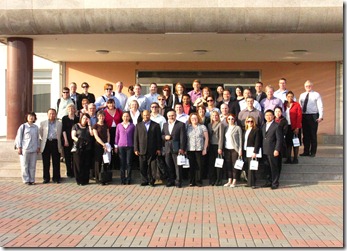
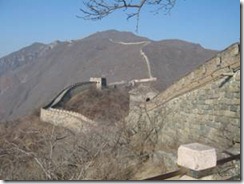
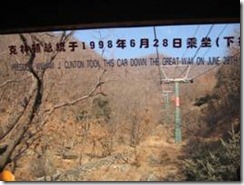
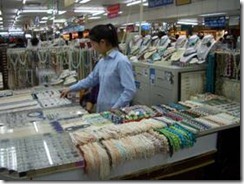
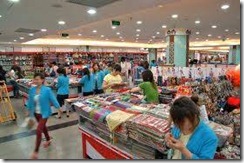
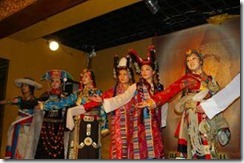
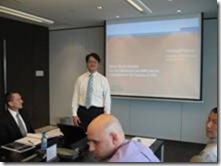
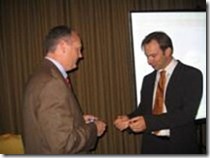
![clip_image002[4] clip_image002[4]](https://theleadershipprofessor.com/wp-content/uploads/2011/04/clip_image0024_thumb3.jpg)
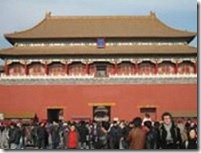
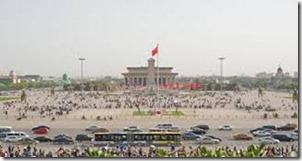
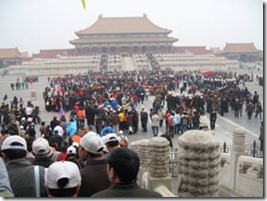
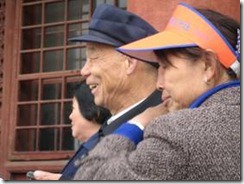
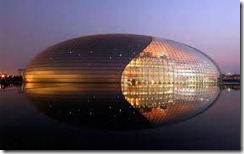


![clip_image002[6] clip_image002[6]](https://theleadershipprofessor.com/wp-content/uploads/2011/04/clip_image0026_thumb2.jpg)
![clip_image004[6] clip_image004[6]](https://theleadershipprofessor.com/wp-content/uploads/2011/04/clip_image0046_thumb2.jpg)
![clip_image006[5] clip_image006[5]](https://theleadershipprofessor.com/wp-content/uploads/2011/04/clip_image0065_thumb.jpg)
![clip_image008[4] clip_image008[4]](https://theleadershipprofessor.com/wp-content/uploads/2011/04/clip_image0084_thumb.jpg)
![clip_image010[4] clip_image010[4]](https://theleadershipprofessor.com/wp-content/uploads/2011/04/clip_image0104_thumb.jpg)
![clip_image002[6] clip_image002[6]](https://theleadershipprofessor.com/wp-content/uploads/2011/04/clip_image0026_thumb1.jpg)
![clip_image004[6] clip_image004[6]](https://theleadershipprofessor.com/wp-content/uploads/2011/04/clip_image0046_thumb1.jpg)
![clip_image006[6] clip_image006[6]](https://theleadershipprofessor.com/wp-content/uploads/2011/04/clip_image0066_thumb.jpg)
![clip_image008[6] clip_image008[6]](https://theleadershipprofessor.com/wp-content/uploads/2011/04/clip_image0086_thumb.jpg)
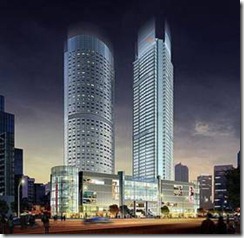
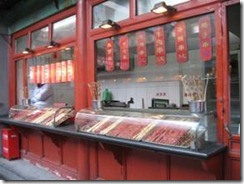

![clip_image004[6] clip_image004[6]](https://theleadershipprofessor.com/wp-content/uploads/2011/04/clip_image0046_thumb.jpg)
![clip_image002[6] clip_image002[6]](https://theleadershipprofessor.com/wp-content/uploads/2011/04/clip_image0026_thumb.jpg)
![clip_image002[4] clip_image002[4]](https://theleadershipprofessor.com/wp-content/uploads/2011/04/clip_image0024_thumb1.jpg)
![clip_image004[4] clip_image004[4]](https://theleadershipprofessor.com/wp-content/uploads/2011/04/clip_image0044_thumb1.jpg)

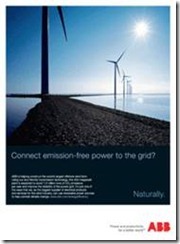
![clip_image009[4] clip_image009[4]](https://theleadershipprofessor.com/wp-content/uploads/2011/04/clip_image0094_thumb.jpg)
![clip_image011[4] clip_image011[4]](https://theleadershipprofessor.com/wp-content/uploads/2011/04/clip_image0114_thumb.jpg)



![clip_image002[4] clip_image002[4]](https://theleadershipprofessor.com/wp-content/uploads/2011/04/clip_image0024_thumb.jpg)
![clip_image004[4] clip_image004[4]](https://theleadershipprofessor.com/wp-content/uploads/2011/04/clip_image0044_thumb.jpg)
![clip_image006[4] clip_image006[4]](https://theleadershipprofessor.com/wp-content/uploads/2011/04/clip_image0064_thumb.jpg)



